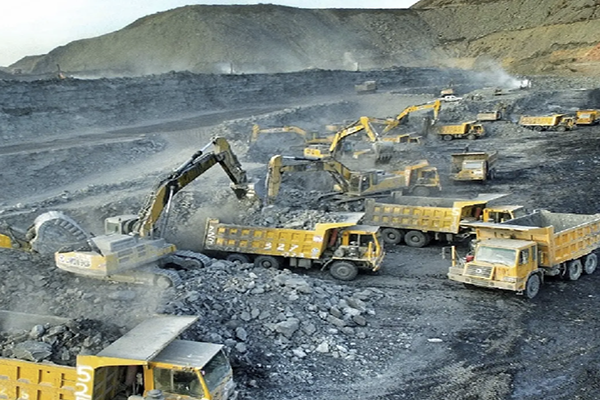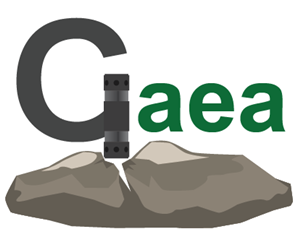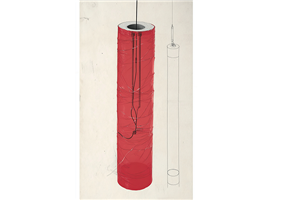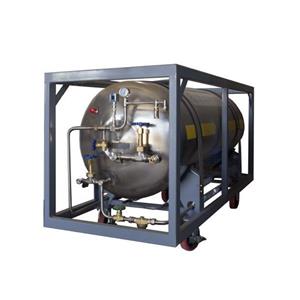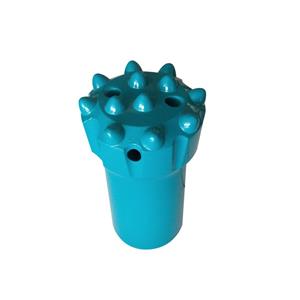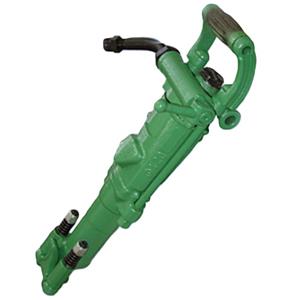Description of main processes in mine mining and the concentrator
I. Main mining process description:
Drilling section — hole boring is the first operation in mining. Its role is to use drill rigs to bore blast holes within the planned excavation area to provide space for explosives for subsequent blasting. Drilling must be carried out strictly according to the hole layout requirements set by the on‑shift blasting technician. The tolerance for blasthole row spacing is controlled within ±0.2 mm, inter‑hole spacing tolerance within ±0.2 m, and hole depth tolerance within ±0.2 m.
Blasting section — medium‑deep hole blasting is used. Compressed‑air hoses are used to blow debris out of the blastholes (the blasting technician inspects and accepts hole depths and the hole pattern in the blast area; if a blasthole is not qualified, blasting must not proceed). Holes that pass inspection are charged with explosives. The charge for each hole is calculated according to hole diameter, the minimum stemming or resistance line, and the distance to adjacent holes. Hazards produced by blasting — seismic effects, flying rock, noise, etc. — must be controlled within permitted limits.
Loading section — loading of broken ore is performed manually. Apart from blast quality considerations, the working face must not be arbitrarily raised or lowered. Do not load off‑center and create unbalanced loading on haulage vehicles; if large boulders (waste rock) are encountered, they should be dealt with on the working face before loading.
Transportation section — underground, ore is transported by mine cars with loads not exceeding 1 t to the shaft collar, then hoisted by the winch to the surface ore bin. From there it is transported to the concentrator feed bin by FAW Jinniu trucks with loads not exceeding 15 t. During transport, underground roadway facilities must be protected, and all underground rules and transportation procedures must be strictly observed.
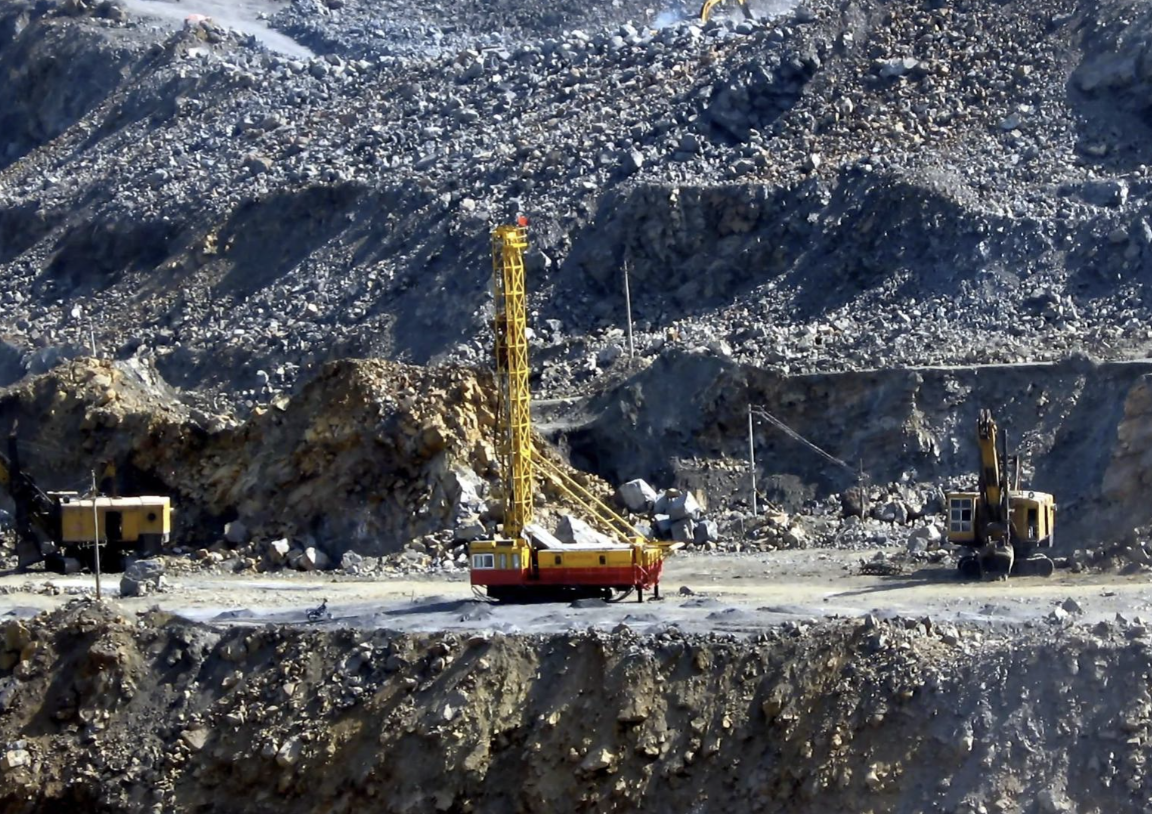
II. Main concentrator process description:
Crushing section — run‑of‑mine ore is fed by a trough feeder into a jaw crusher, then into a hammer crusher. After achieving the required size, the ore is fed by a rotary feeder into the grinding section. Dusty exhaust gas is treated by a baghouse and discharged through a 15 m high exhaust stack.
Grinding section — wet grinding is employed. The raw ore is ground together with water into a slurry with a certain water content. After ball milling, the coarse classified particles are sent to the pebble crusher (return crusher), and qualified slurry proceeds to the flotation section.
Flotation section — reverse flotation is used. Flotation reagents are added to the pulp in the flotation cells and air is supplied by Roots blowers. After flotation, the concentrate and tailings are sent separately to the concentrate thickener and the tailings settling pond.
Filtration section — the concentrate is largely dewatered in the thickener, then a horizontal filter press is used to filter the concentrate to about 12% moisture. Tailings slurry is sent to settling tanks and then pumped by tailings pumps to the tailings storage facility.
